What is a self-portrait in art?
For many centuries, people have practiced and achieved heights in the fine arts, transferring what the eyes see and the soul feels onto stone and canvas. Statues of kings and rulers, people who lived in ancient times, engravings, painted walls, paintings, even rock paintings return us to the distant past and allow us to absorb the knowledge accumulated over millennia. Such creations of art help scientists to restore the history of our world, to learn more about human psychology and its development.
Art as part of life
Human nature is prone to curiosity, often people ask numerous questions about the types and genres of art. Many people want to learn new things, from how art was born to answers to the questions “what is a self-portrait?” and “how is a sculpture made?”. But you should start small, finding answers gradually.
Fine arts
Among the types of artistic creativity, there are:
- painting;
- sculpture;
- photograph;
- graphics
- arts and crafts.
Fine art genres
Each type of art has its own genres, for example, portrait, landscape or Other genres are also distinguished: historical, symbolic, allegorical, mythological, everyday, battle (military), religious. All these types of art include numerous varieties, for example, in the genre of landscape - seascapes, the image of the sea. The portrait involves a large number of varieties: historical, religious, costume and self-portrait.
Self-portrait - the mystery of the portrait genre
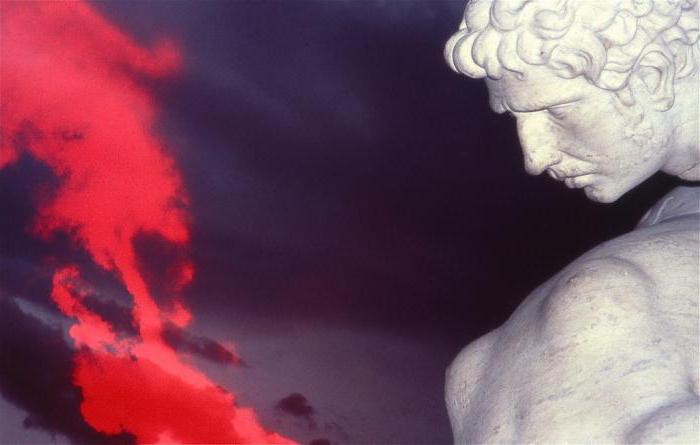
Self-portrait is not only a genre of fine art. It is also available to musicians, writers, poets. Answering the question of what a self-portrait is in art, one must understand that the very phenomenon of this genre lies in the desire for self-knowledge, a look from the outside at one’s own “I”. In almost any activity, you can display your personality, which will attribute the work to this genre. It is difficult to answer the question “what is a self-portrait?”. The definition of this genre is not as clear as it seems. The answer to such a simple, but at the same time complex question is to find the cause of this type of work.
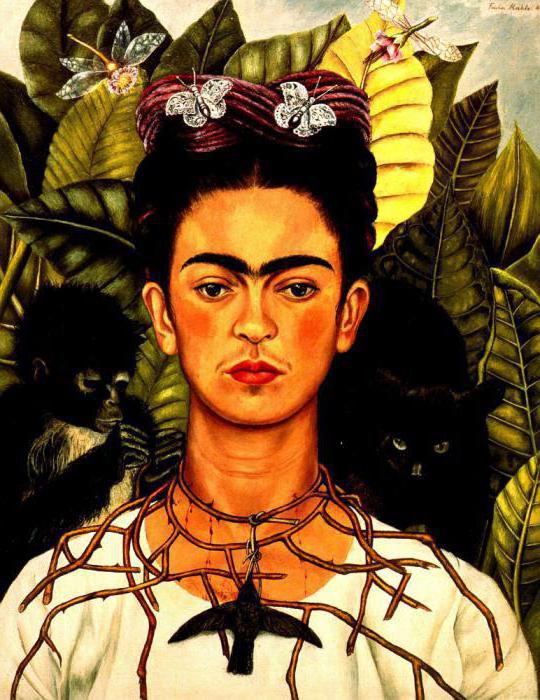 A self-portrait is an image by the author of himself. Contrary to popular belief, it is not only but also sculptures, graphics and photographs. Often, the authors, depicting themselves on canvas or carving out of stone, used a mirror, this was the case before the advent and widespread use of cameras. After that, it became easier to create a self-portrait, it was enough to capture yourself and work from a photograph. Some figures decided not to go so far and turned the intermediate stage of photography into an art form as well.
A self-portrait is an image by the author of himself. Contrary to popular belief, it is not only but also sculptures, graphics and photographs. Often, the authors, depicting themselves on canvas or carving out of stone, used a mirror, this was the case before the advent and widespread use of cameras. After that, it became easier to create a self-portrait, it was enough to capture yourself and work from a photograph. Some figures decided not to go so far and turned the intermediate stage of photography into an art form as well.
What is a self portrait
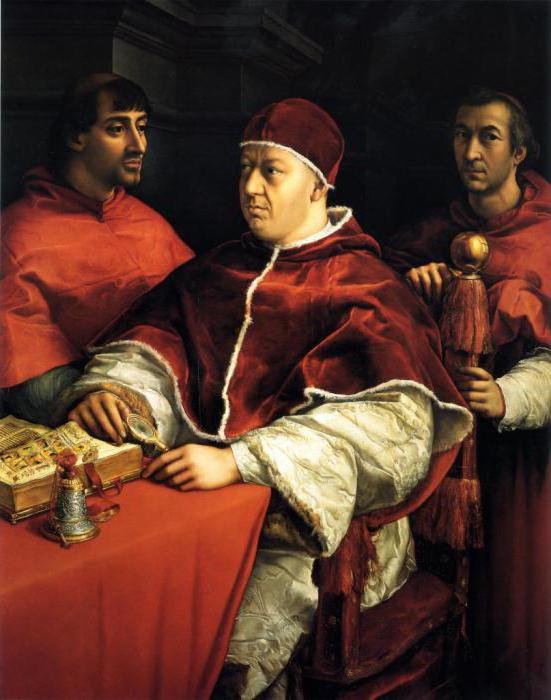 Art historians have been looking for and studying the answer to the question “what is a self-portrait?” for a long time. The meaning of this term consists of two parts: "auto", which means "author", and "portrait" - an image of a person. True artists always put their soul and inspiration into their work, strive to convey to the public not only a visual image, but also the thought and feeling themselves. As mentioned earlier, a self-portrait is a portrait in which artists and sculptures depict themselves. When a person draws himself, he tries to transfer to the material not only the appearance, facial features and body composition, he tries to give his own image a personality. It has long been known that we do not perceive our reflection as others see it from the outside. So both the artist and the sculptor, evaluating themselves from a different, more critical side, depict themselves as they see themselves. This fact makes it possible not only to enjoy the masterpieces of the most famous creative people, but also to evaluate the work from a psychological point of view.
Art historians have been looking for and studying the answer to the question “what is a self-portrait?” for a long time. The meaning of this term consists of two parts: "auto", which means "author", and "portrait" - an image of a person. True artists always put their soul and inspiration into their work, strive to convey to the public not only a visual image, but also the thought and feeling themselves. As mentioned earlier, a self-portrait is a portrait in which artists and sculptures depict themselves. When a person draws himself, he tries to transfer to the material not only the appearance, facial features and body composition, he tries to give his own image a personality. It has long been known that we do not perceive our reflection as others see it from the outside. So both the artist and the sculptor, evaluating themselves from a different, more critical side, depict themselves as they see themselves. This fact makes it possible not only to enjoy the masterpieces of the most famous creative people, but also to evaluate the work from a psychological point of view.
Types of self-portrait in painting
In search of an answer to the question of what a self-portrait in painting is, let's turn to its varieties.
An insert self-portrait is a work in which the artist places himself in a group of people in the picture, often without playing the main role in it.
In a group, the artist also draws himself among several people, but they are relatives or friends, and the work itself was created to preserve the moments of life in memory.
A symbolic self-portrait can be made in mythological or costumed. The author of the picture adds features of his face to the character of history or mythology, or simply “dresses” himself in other clothes.
A natural self-portrait is closest to the original. On it, the artist depicts himself alone at home or at work.
Natural self-portrait is also divided into several varieties:
- Professional - the artist depicts himself at work in the studio.
- Personal - the transfer by the author to the picture of his state of mind, the desire to show not the appearance, but emotions.
- Erotic.
Psychology of a self-portrait
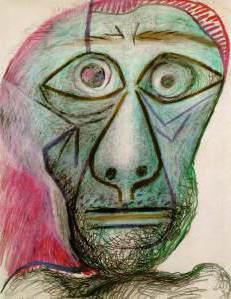 A self-portrait is an assessment by the artist of his personality. The first works of this genre date back to 420 BC, they were mentioned in the history of ancient Greece and Egypt. But then the authors did not individualize themselves, they drew important historical events, and placed themselves on the images as an integral part of history. Often this did not meet with the understanding of the audience. So, the sculptor Phidias at one time depicted himself among the participants in the “Battle of the Amazons”, which, as the ancient Greek philosopher Plutarch noted later, was extreme audacity. This genre gained its greatest popularity during the Renaissance, but even then it was considered eccentric to create an image of oneself, because such works were considered narcissistic at that time. Critics argued that the authors perpetuated themselves for the sake of fame.
A self-portrait is an assessment by the artist of his personality. The first works of this genre date back to 420 BC, they were mentioned in the history of ancient Greece and Egypt. But then the authors did not individualize themselves, they drew important historical events, and placed themselves on the images as an integral part of history. Often this did not meet with the understanding of the audience. So, the sculptor Phidias at one time depicted himself among the participants in the “Battle of the Amazons”, which, as the ancient Greek philosopher Plutarch noted later, was extreme audacity. This genre gained its greatest popularity during the Renaissance, but even then it was considered eccentric to create an image of oneself, because such works were considered narcissistic at that time. Critics argued that the authors perpetuated themselves for the sake of fame.
A creative person thinks differently, so it would be true to say that from a psychological point of view, an artist or sculptor is different from the rest. There have been artists in history who suffered from neurological and mental illnesses. Self-portraits that were made by them are still being studied in search of a clue to the mystery of personality.
In ancient art, these works were not given much importance, but in subsequent centuries, the goal of artists began to be traced - to leave in memory not only their image, but also personal impressions of those times. For example, when religion caused the greatest excitement among people, the authors considered it most appropriate to depict themselves in repentance, spiritual striving, and prayer.
In the Renaissance, the heyday of culture, the works of famous masters began to acquire symbolic features. A lot of drama and emotional experiences appeared in their works. Michelangelo gave the features of his face to a skin mask taken from a sinner and the severed head of Goliath.
Most popular self-portraits
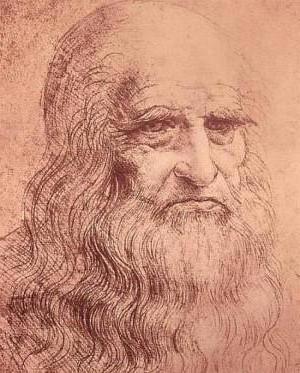 Surely many come to mind the famous self-portraits of artists such as Leonardo da Vinci, Van Gogh or Frida Kahlo. The history of fine arts has hundreds of authors who left a memory of themselves in painting by painting their own portraits. Albrecht Dürer was one of the first artists to choose the genre of self-portrait as central to his work. He painted 50 canvases with his own image. However, she took away the palm from him in terms of the number of self-portraits created, there are 55 of them on her account. Sometimes Rembrandt is considered a record holder for painting paintings with his own image. His works of this genre, there are about 90 pieces. Most of them, however, are actually made by other artists, and some of the paintings are unimaginably small in size (the smallest of them is 17 by 20 cm).
Surely many come to mind the famous self-portraits of artists such as Leonardo da Vinci, Van Gogh or Frida Kahlo. The history of fine arts has hundreds of authors who left a memory of themselves in painting by painting their own portraits. Albrecht Dürer was one of the first artists to choose the genre of self-portrait as central to his work. He painted 50 canvases with his own image. However, she took away the palm from him in terms of the number of self-portraits created, there are 55 of them on her account. Sometimes Rembrandt is considered a record holder for painting paintings with his own image. His works of this genre, there are about 90 pieces. Most of them, however, are actually made by other artists, and some of the paintings are unimaginably small in size (the smallest of them is 17 by 20 cm).
Italian Mazzacio and Botticelli included their own images in their work. It is even suggested that the famous painting by Leonardo da Vinci "Mona Lisa" is also a self-portrait of the master, only in a female body.
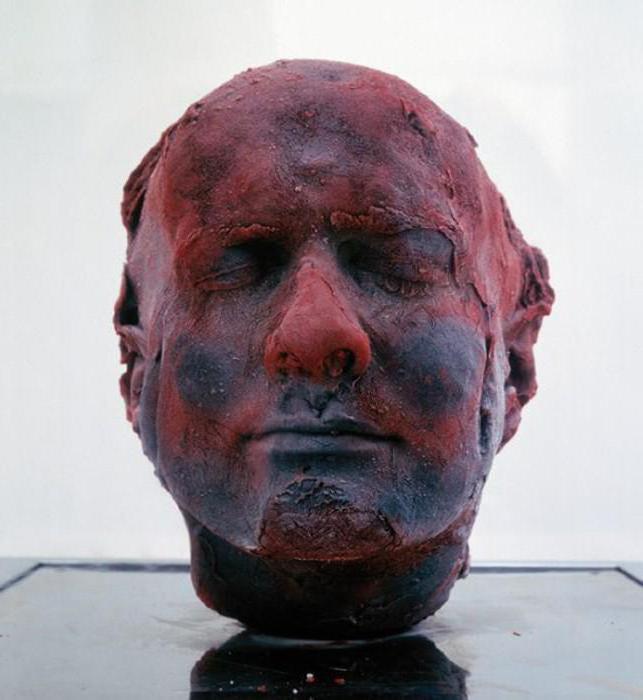 There are not so many sculptural self-portraits, they are mainly created at the present time. Mark Quinn, who created a series of sculptures depicting the author, and Sergey Konenkov, whose work can be seen in the Tretyakov Gallery, are considered one of them.
There are not so many sculptural self-portraits, they are mainly created at the present time. Mark Quinn, who created a series of sculptures depicting the author, and Sergey Konenkov, whose work can be seen in the Tretyakov Gallery, are considered one of them.
A self-portrait is not only the creation of oneself from stone or by transferring paints onto a canvas, but also a genre of photography. The most popular name for this genre is familiar to many - a selfie or "photo of yourself" taken with outstretched arms or with the help of a mirror.






